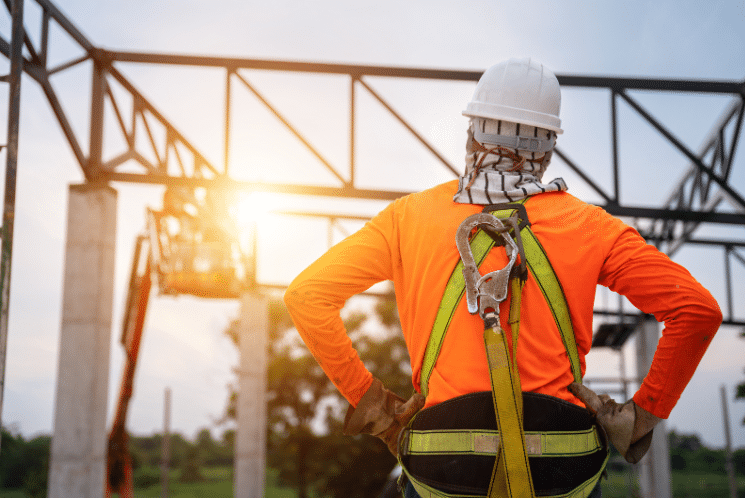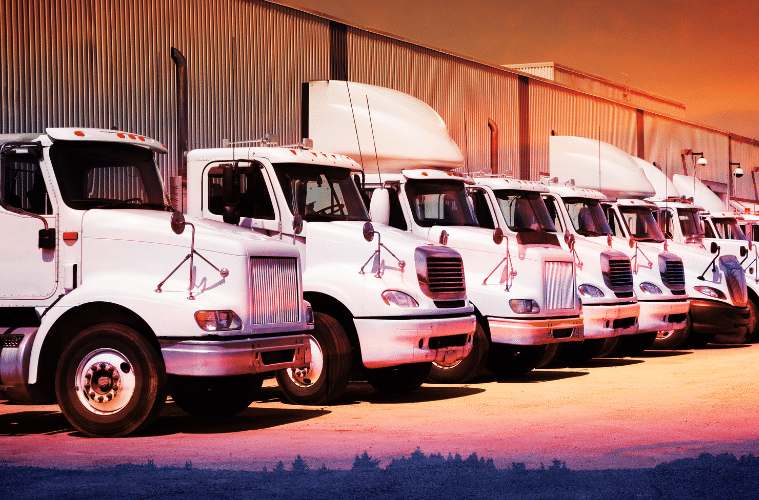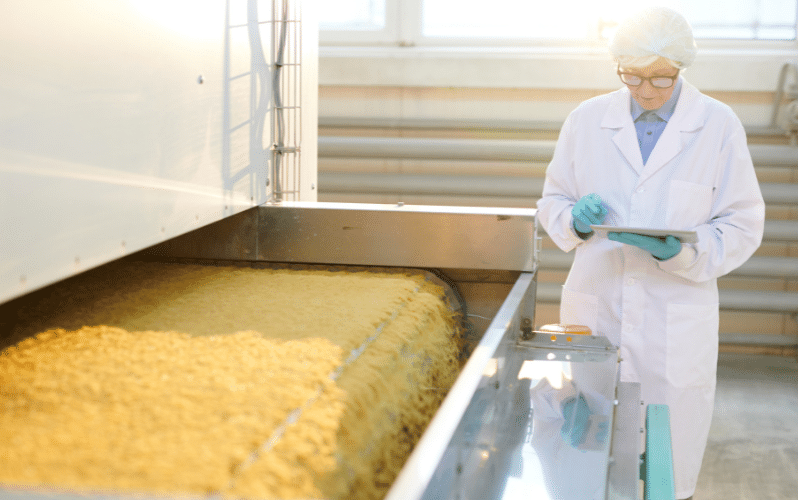May 2, 2024 7 min read
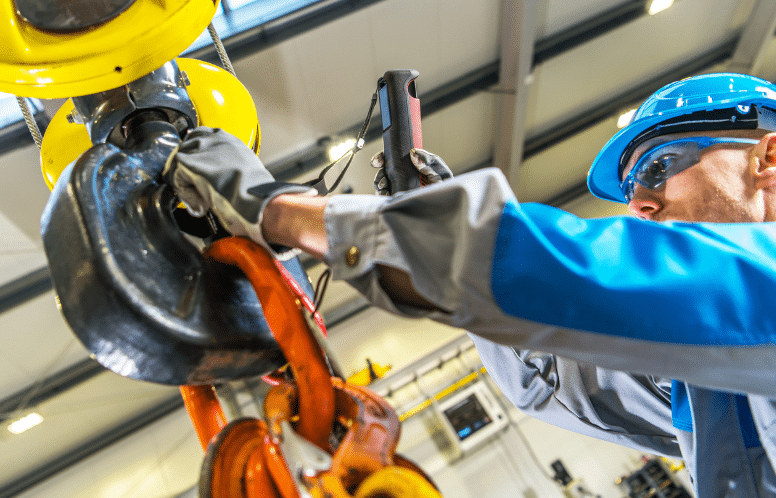
Overhead Crane Safety: Tips and Training to Protect Your Workforce
Industry:
Solution:

Ensuring the safety of your workforce is paramount in any industrial setting, and when it comes to overhead crane operations, the stakes are particularly high. Cranes are indispensable tools in various industries, from construction and manufacturing to logistics and shipping and oil fields, facilitating the movement of heavy loads with precision and efficiency. However, the power and complexity of these machines demand rigorous safety protocols to mitigate potential risks. In this blog, we’ll share several overhead crane safety tips to help you protect your workforce and ensure compliance with OSHA regulations.
Overhead Crane Safety by the Numbers
Between 1992 and 2010, there were an average of 78 crane-related fatalities every year. Between 2011 and 2017 that average fell to 42 deaths a year.
Although the averages are improving as companies invest in more safety prevention measures, we have a long way to go.
The Bureau of Labor Statistics breaks these incidents down further. Over half of all fatal crane injuries since 2011 were “struck-by” incidents, with falls representing 14%, and transportation incidents accounting for 13%.
Beyond the tragic loss of life, improper overhead crane operation can lead to serious injuries, property damage, and significant financial liabilities for businesses. Moreover, the human cost extends beyond the immediate victims, affecting families, coworkers, and communities.
Overlooking overhead crane safety precautions can lead to regulatory penalties, lawsuits, and a decline in employee morale. Considering these sobering statistics, a proactive approach to overhead crane safety is imperative.
Overhead Crane Safety Checklist
Download our free safety checklist to ensure compliance with OSHA 1910.179 for frequent and periodic inspections of cranes.
Get the Checklist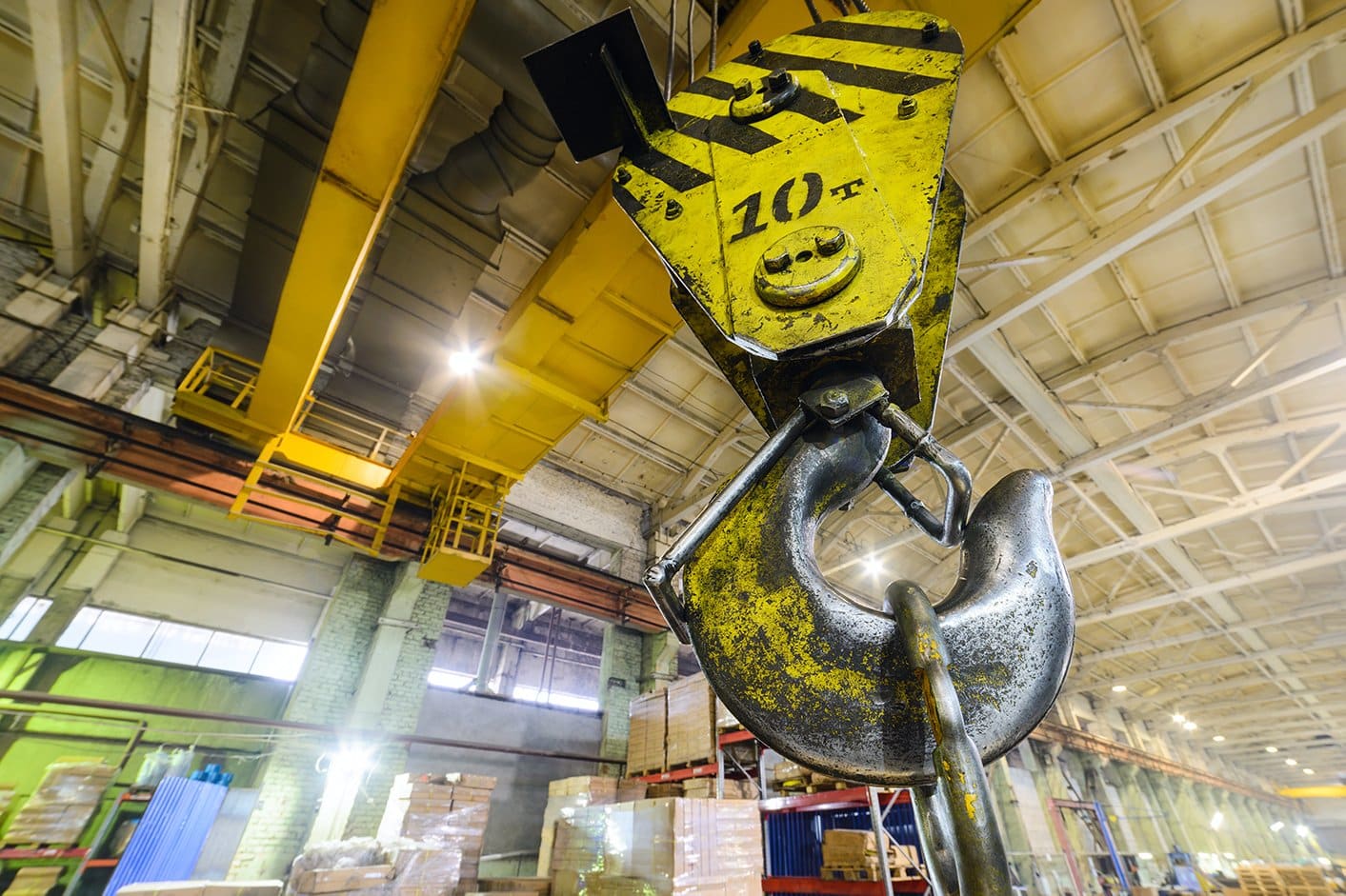
OSHA Overhead Crane Safety Requirements
OSHA considers a crane to be a machine for lifting, lowering, or moving loads horizontally, and their regulations apply to fixed or mobile and manual or power-operated cranes.
Standard 1910.179 applies to overhead and gantry cranes, and states the following:
- All new overhead cranes must meet the design specifications of the American National Standard Safety Code for Overhead and Gantry Cranes.
- Rated load must be visibly marked on each side of the crane.
- Minimum clearance specifications must be met.
- The arrangement of the cab and location of control and protective equipment must be within convenient reach of the operator.
- Exposed moving parts (e.g., gears, chains, reciprocating components) shall be guarded.
- Brakes must meet OSHA requirements to ensure operator safety.
- Electric equipment must follow safety requirements to prevent electrical shock.
- Crane safety inspection procedures must be followed both for new cranes and on a frequent, periodic basis. Cranes that are not regularly used must follow inspection protocols.
- Prior to initial use all new and altered cranes must be tested.
- Preventative maintenance must be provided based on the crane manufacturer’s recommendations.
Please read the details of this standard on the OSHA website for complete information as there are extensive nuances of OSHA’s requirements for overhead crane safety.
Top Causes of Overhead Crane Safety Incidents
The most common cause of a crane safety incident is when a crane makes contact with a power line. This accounts for nearly half of all crane-related accidents. The following most common accidents are equipment falling or overturning.
To prevent overhead crane-related injuries and fatalities, it’s important to understand the common hazards when operating cranes.
- Overloading. An overhead crane can be overloaded when it is hoisting too large of a load or has been side-loaded. These incidents can also happen if the crane has defective components that cause the load to swing or drop suddenly.
- Swinging Loads. As we mentioned, side-loading can be incredibly dangerous because it causes the load to be off-centered and unbalanced. When this happens, the load swings towards its center of gravity, creating a significant safety risk.
- Collisions. Swinging loads or improper crane operation may cause collisions that can cause damage to individuals, equipment, and other property.
- Dropped Loads. Materials falling from cranes are a significant hazard. This can happen if cranes are overloaded, improperly loaded, when there is mechanical failure, or from human error.
Trends in Crane Safety Incidents
Industry Focus: Although all industries who use overhead cranes should be mindful, the construction industry needs to be especially vigilant. From 2011 to 2017, 43% of fatal crane-related injuries took place in the private construction sector. Manufacturing accounts for another 24% of these tragic deaths.
Individuals at Risk: Fatal injuries happen to crane operators in 22% of incidents. And workers engaged in constructing, assembling, and dismantling activities represent another 23% of fatal crane incidents. This reinforces the need to train not just crane operators but also those working around overhead cranes about safety procedures.
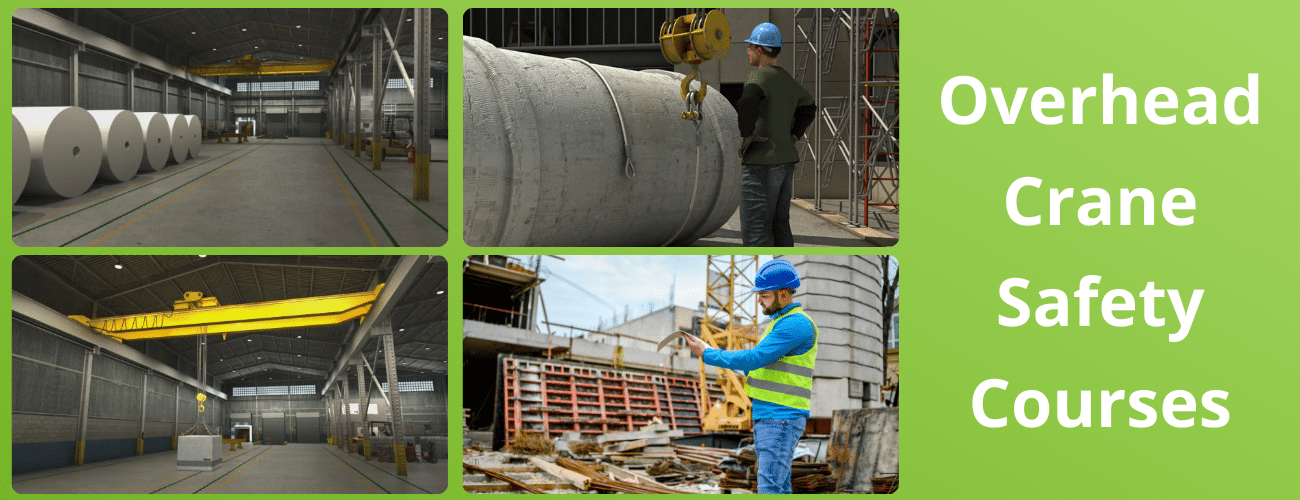
6 Overhead Crane Safety Tips for Operators
By following these six overhead crane safety tips, operators can mitigate risks, prevent accidents, and contribute to a safer work environment for themselves and their colleagues.
1. Conduct Regular Crane Inspections
This isn’t just a pro tip; this is an OSHA requirement. Properly inspecting cranes and performing preventative maintenance is absolutely essential to safe operation. This includes checking for any signs of wear and tear, such as frayed cables, loose bolts, or damaged components. Regular inspections help identify potential hazards early, allowing for timely maintenance and repairs to prevent accidents.
2. Provide Comprehensive Training (Including Refresher Courses)
Operating an overhead crane requires specialized skills and knowledge. All crane operators should undergo comprehensive training programs to understand the equipment’s capabilities, limitations, and safety procedures.
Like any training that ensures worker safety and regulatory compliance, providing regular refresher training is also vital. As equipment advances and regulations change, refresher training becomes just as important as initial instruction.
3. Maintain Clear Communication
Effective communication is essential during crane operations, particularly in environments with multiple workers and moving parts. Operators should use standardized hand signals or radio communication to coordinate movements with ground personnel. Clear communication helps prevent misunderstandings and reduces the risk of accidents caused by miscommunication.
4. Follow Load Capacity Limits
Since overloading a crane is a leading cause of accidents, operators must adhere to the manufacturer’s load capacity limits, ensuring that loads remain within safe operating parameters. Exceeding these limits can strain the crane’s structural integrity and compromise safety.
5. Observe Environmental Conditions
Environmental factors such as wind, rain, and temperature can impact crane operations. Operators should assess weather conditions and other environmental variables before initiating lifts. In adverse conditions, adjustments may be necessary to ensure safe operation, such as reducing load capacities or suspending operations until conditions improve.
6. Implement Fall Protection Measures
Working at heights poses inherent risks, and overhead crane operators must have appropriate fall protection measures in place. This includes wearing personal protective equipment (PPE) such as harnesses and safety lanyards when working on elevated platforms or performing maintenance tasks.
Online Safety Training Courses
Complete with powerful 3D animations and models, these interactive online safety training courses address common hazardous situations faced in a variety of environments and industries
Explore Courses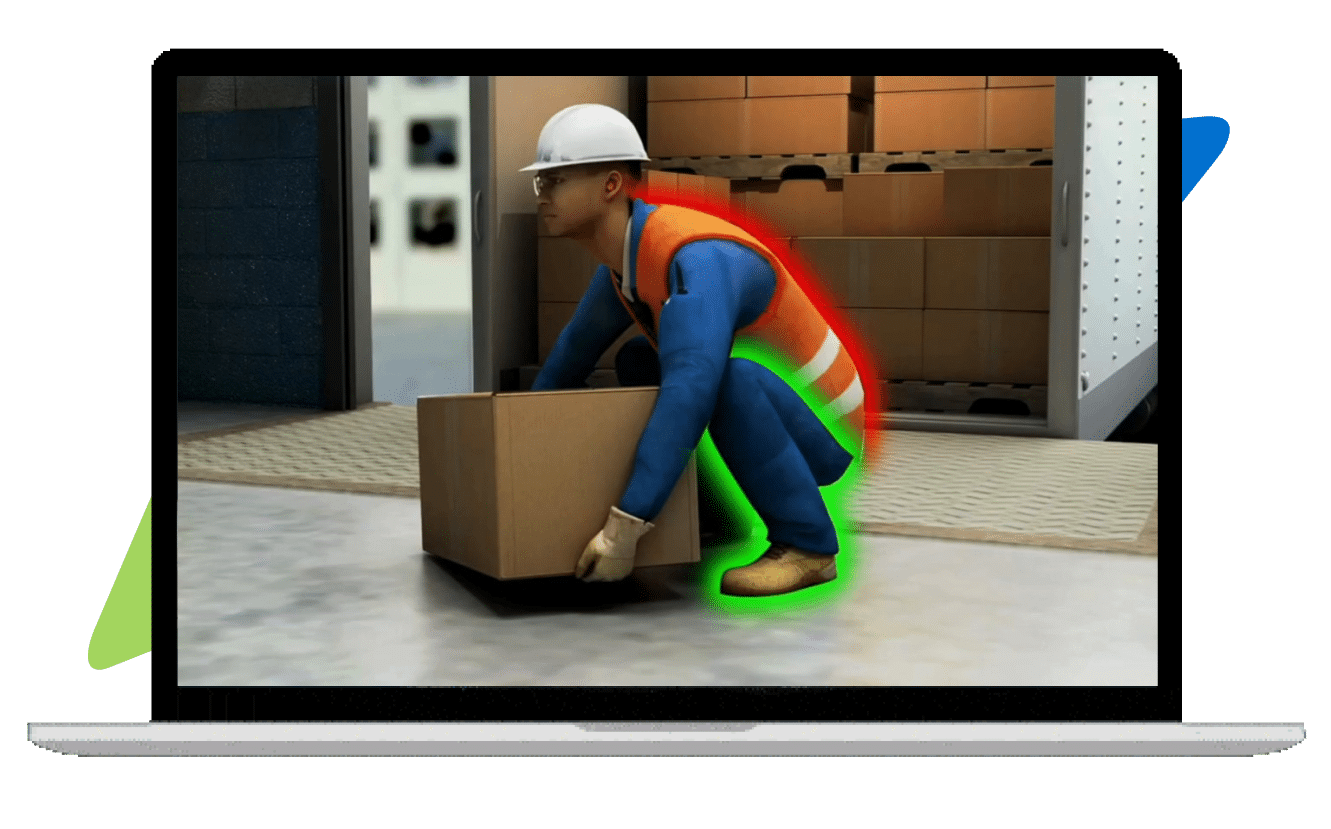
Vector Solutions’ Overhead Crane Safety Training
If you’re ready to update your training program to provide better overhead crane safety education, Vector Solutions has you covered. Our comprehensive and award-winning health and safety training library—as well as our industry-specific training libraries—include numerous crane safety courses. Examples include:
- Overhead Crane Basics: This short-form eLearning course teaches learners about the components and functions of overhead cranes, rigging and slings, and reviews common pre-use safety inspections.
- Overhead Crane Operational Safety: This course provides workers with an overview of the safe operating procedures for moving loads with floor-operated, overhead industrial cranes. This course uses 2D and 3D animation and is based on relevant standards from OSHA, ANSI, and ASME.
- Crane and Hoist Rigging Safety: Employees can learn the foundations of crane safety. This online course covers load considerations, types of slings, types of sling hitches, safe rigging practices, and required personal protective equipment.
- Crane Lift Planning: A great way to mitigate risk is with proper lift planning. This course reviews what lift planning is, why they matter, and who is responsible for planning a lift.
- Cranes in Construction – Construction Worksite Safety: With construction being a high-risk industry for crane-related incidents, this course focuses specifically on overhead crane safety in construction.
If you want to see our overhead crane safety courses in action, request a demo today.




